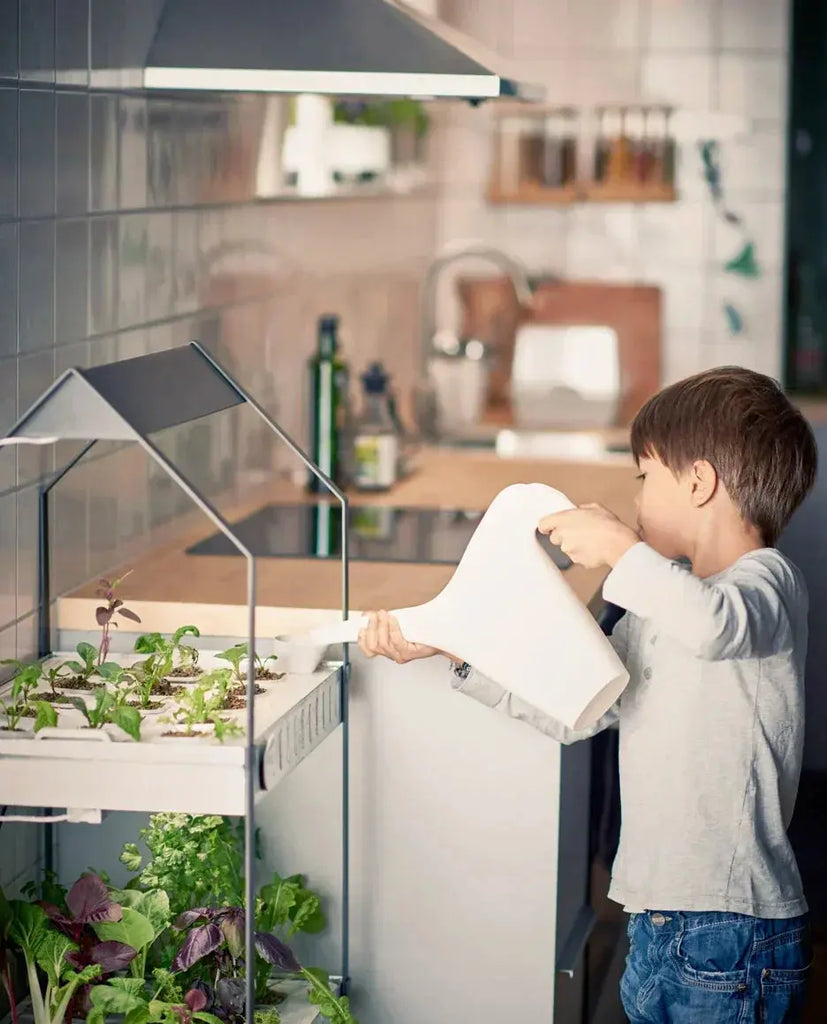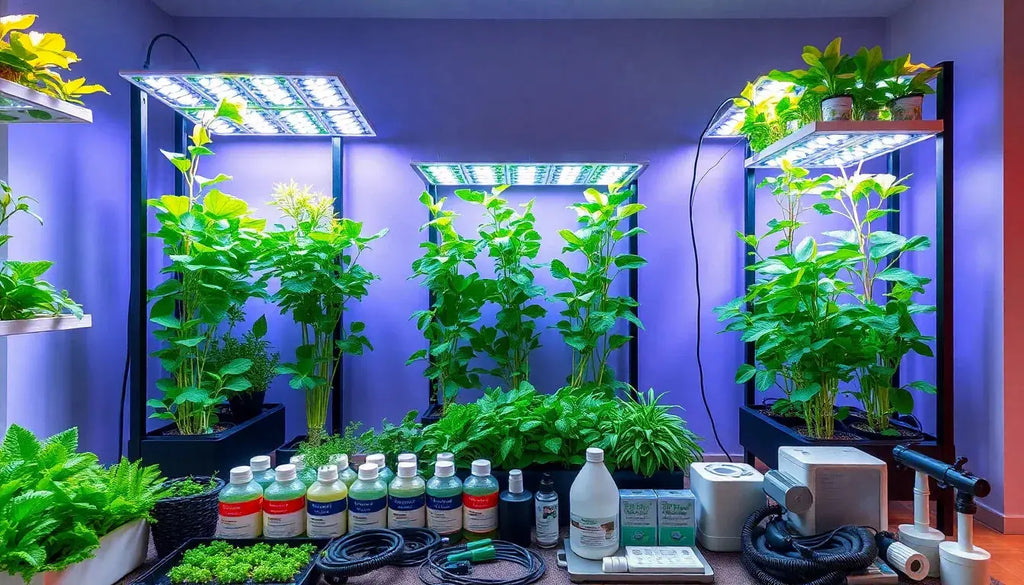Tax included. Shipping calculated at checkout.
Plant Talk


Unlock the Power of Hydroponic Gardening: Essential Equipment for Beginners in Kuwait
Jan 27, 2025
Are you a budding gardener in Kuwait looking to explore the world of hydroponic gardening? Look no further than Biohydro, Kuwait's one-stop grow shop specializing in organic, hydroponic, and aquaponic solutions. Whether you're a seasoned green thumb or a complete novice, Biohydro has everything you need to get started on your hydroponic journey. Hydroponic gardening, also known as الزراعة بدون تربة or الزراعة المائية, is...

Air Plant Care Basics
Jun 30, 2022
Air plants are very hardy and easy to care for. We have seen them survive up to 2 weeks in a shipping box with no light or water (Do not try that at home). When your new air plants arrive you will want get them acclimated To lower the stress you will want to soak your air plants in room temperature water for 20 to...
